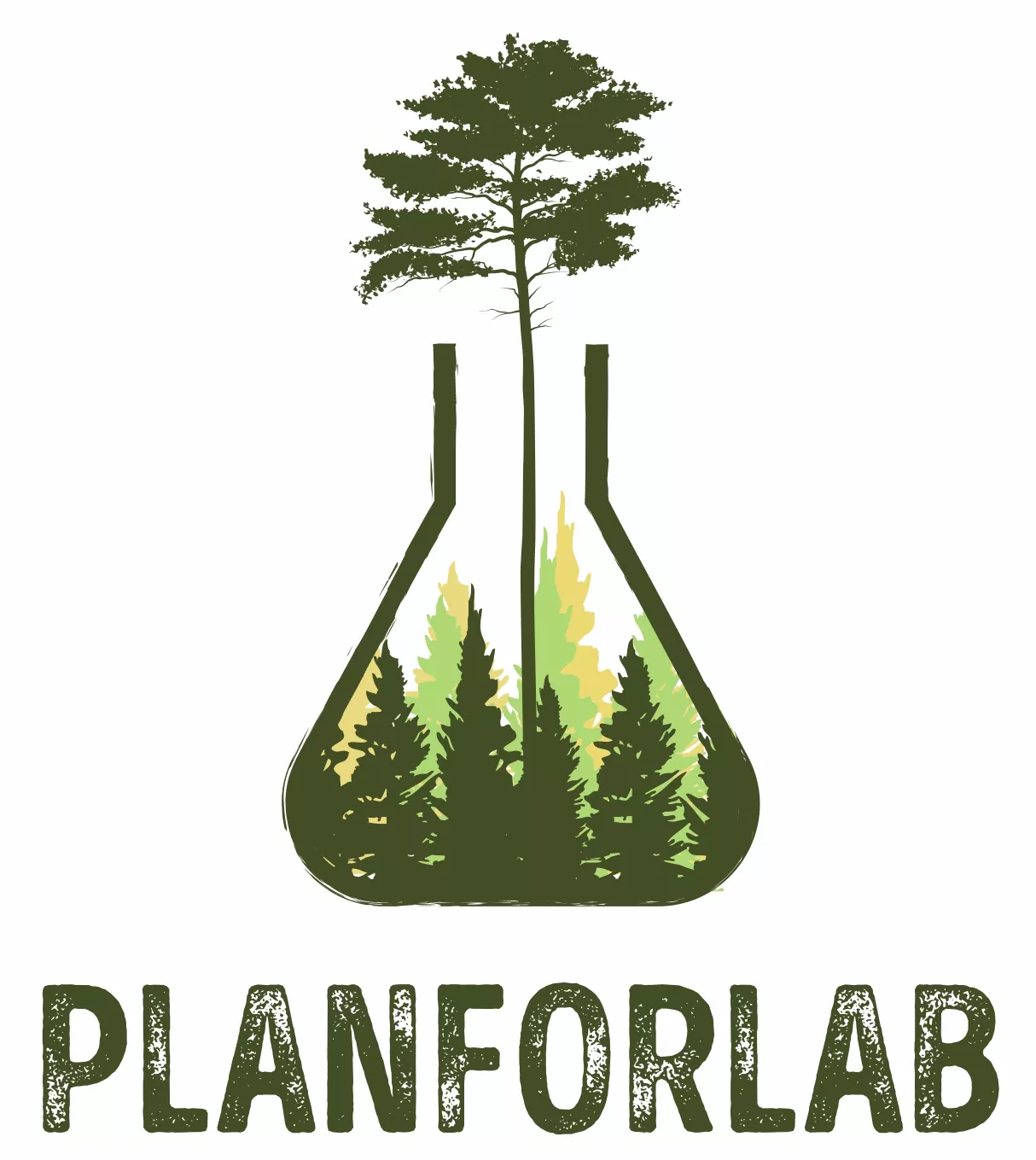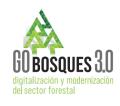
PLANFORLAB Operational Group: Network of laboratory forests with improved plants to increase resilience and production in coniferous forests
- Type Operational group
- Status In progress
- Execution 2024 -2027
- Assigned Budget 599.134,00 €
- Scope Supraautonómico
- Autonomous community Galicia; Madrid, Comunidad de; País Vasco
- Main source of financing CAP 2023-2027
- Project website GO PLANFORLAB
The project aims to implement innovative technologies in the production of improved forest plants, increasing the effectiveness of prevention and control against forest diseases affecting commercial coniferous forests through the introduction of genetically improved plants, harmonizing monitoring methodologies by verifying the benefits for foresters and forest managers of using high-quality genetic plants, promoting their consumption in reforestation, and creating a digital collaboration network for the exchange of results and their transfer to potential beneficiaries.
- A1-A8. R1. Design of laboratory forests and monitoring protocols. Drafting of three Laboratory Forest projects and six resilient forestry models. Documentation of forestry protocols and models.
- A1-A15. R2. Establishment of mega-gametophytes, rooting cutting campaigns, nursery cultivation of plants with innovative genetic material. Conducting pathogen resistance and proliferation trials by period. Characterization of rooting reactivity and disease resistance, inventory of produced forest plants. Analysis of trial data and documentation of achievements.
- A1-A9. R3. Location, characterization, and design of test plots. Development of three monitoring protocols and three implementation projects with statistical and demonstrative design of resilient forestry models. Execution and technical visits, with report preparation. Results document.
- A1-A7.R4. Three interregional workshops (Galicia, Castile and León, and the Basque Country) were held to design the technological collaboration network. A questionnaire was designed to identify and characterize conifer breeding trial plots. Three regional trial plot inventories were conducted. A digital platform architecture document was drafted and a database generated. A joint results document was created. The technological collaboration network's digital platform was effectively implemented.
In the territorial area comprising Galicia, Castile and León, and the Basque Country, coniferous forests occupy 1,550,000 hectares, creating the most significant coniferous forests in Spain, with an annual timber harvest of 7,773,935 cubic meters. However, forest fires, the incidence of pests and diseases, and the historically low price of coniferous wood have had very negative effects on the forest area devoted to coniferous cultivation. This has recently led to the disappearance or conversion of pine forests, which in turn has raised alarm in the timber industry, which sees the supply of quality coniferous wood to industrial production chains at risk in the medium term.
Furthermore, in recent years, especially in the last decade, a series of forest pathogens (fusarium, pine nematode, red and brown band nematode, among others) have emerged that lurk and affect these stands, potentially causing serious ecological damage and even the death of the pines that comprise them. These circumstances have a strong economic impact on the forestry sector. However, new plantations are often still not planted with suitable, high-quality genetically modified organisms. Furthermore, there are still not enough resistant organisms to these diseases, or their effectiveness in the field has not yet been proven. Solving this problem requires connecting the entire forestry sector so that all research advances are transferred to the rest of the forestry sector (nurseries, service companies, and landowners) as quickly as possible.
Therefore, it is vitally important to implement innovative projects involving research centers, companies, and landowner associations. These projects develop spaces, such as laboratory forests, to create research and demonstration plots where the behavior and adaptation of different MFRs to different climatic and soil conditions can be verified, as well as various resilient forestry itineraries in the face of climate change.
Develop new improved forest plants and optimize the sustainable management of timber-producing coniferous forests, shifting them toward models that are resilient to harmful diseases and climate change.
- To design and establish laboratory forests in Castile and León, Galicia, and the Basque Country. Design and develop innovative silvicultural models for the species Pinus pinaster, Pinus sylvestris, and Pinus radiata, capable of reducing the risk of disease and improving resilience to climate change.
- Select, test, and produce improved reproductive material, both sexual and vegetative, for the species under study, to be installed in laboratory forests using silvicultural models and the material generated for testing under controlled greenhouse conditions. Install three test and demonstration plots in laboratory forests following silvicultural models and using the reproductive material generated.
- Characterization of the same MFRs installed in field plots under controlled greenhouse conditions for resistance to various pathogens of interest. Creation of a digital monitoring network that allows all interested stakeholders to access and manage data from laboratory forests and learn about the test plots for improved materials. Implementation of the outreach plan.
- Coordinator/entity name: Galician Forest Association (AFG)
- Postal address: Rúa do Vilar, 33, 15705 Santiago de Compostela, A Coruña
- Coordinator/entity email: fdans@asociacionforestal.org
- Telephone: 618752222
- ASOCIACIÓN FORESTAL DE GALICIA (AFG)
- ASOCIACIÓN FORESTAL DE GALICIA (AFG)
- FEDERACION DE ASOCIACIONES FORESTALES DE CASTILLA Y LEÓN (FAFCYLE)
- CONFEDERACIÓN DE ASOCIACIONES DE FORESTALISTAS DEL PAÍS VASCO (CFPV)
- EMPRESA DE TRANSFORMACIÓN AGRARIA, S.A., S.M.E. , M.P. (TRAGSA)
- FUNDACIÓN EMPRESA UNIVERSIDAD GALLEGA (FEUGA)
- CONFEDERACION DE ORGANIZACIONES DE SELVICULTORES DE ESPAÑA (COSE)





